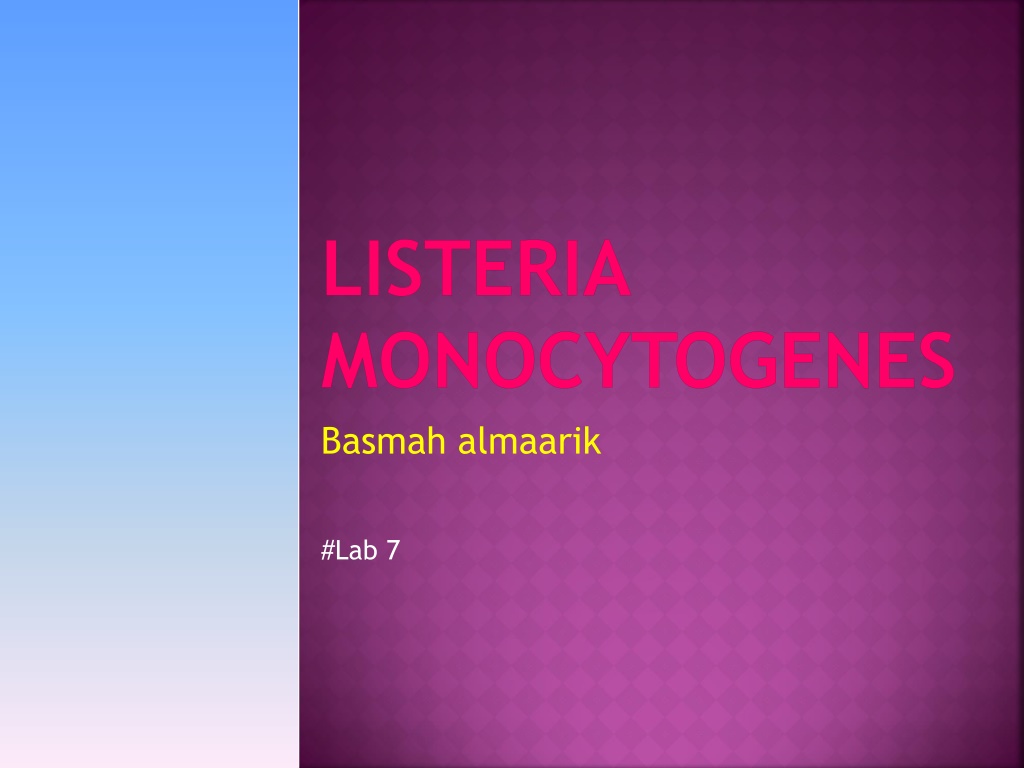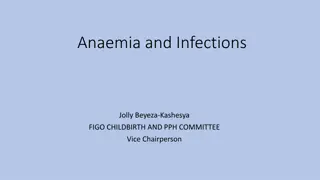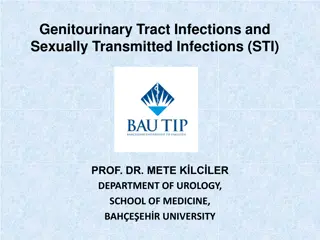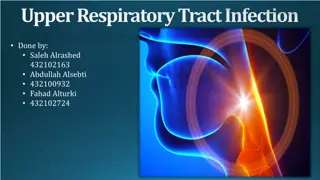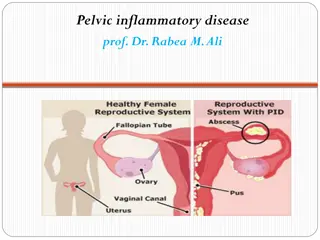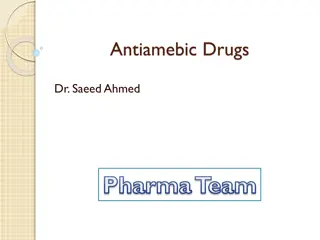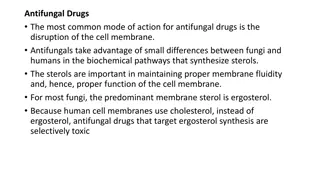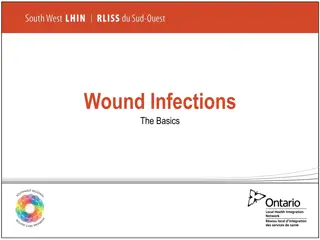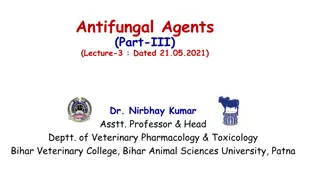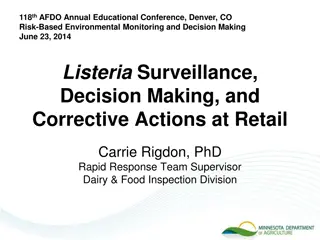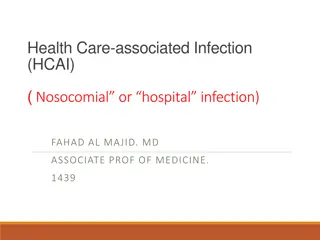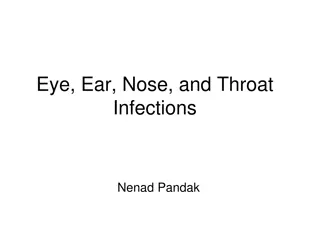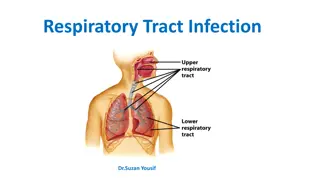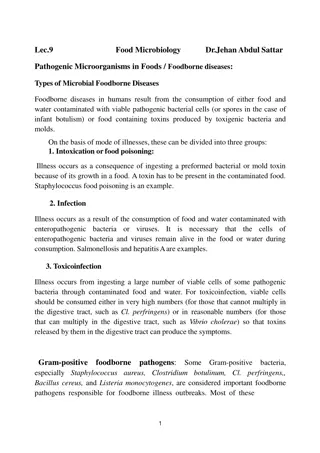Understanding Listeria Monocytogenes Infections
Listeria monocytogenes is a bacterium that infects humans, especially pregnant women, newborns, and immunocompromised individuals. It can be differentiated from other bacteria based on its morphology, culture characteristics, and biochemical tests. This summary covers important aspects such as its growth conditions, differentiation from other streptococci, and motility characteristics.
Download Presentation

Please find below an Image/Link to download the presentation.
The content on the website is provided AS IS for your information and personal use only. It may not be sold, licensed, or shared on other websites without obtaining consent from the author. Download presentation by click this link. If you encounter any issues during the download, it is possible that the publisher has removed the file from their server.
E N D
Presentation Transcript
LISTERIA MONOCYTOGENES Basmah almaarik #Lab 7
LISTERIA SPP. Listeria monocytogenes is the only species that infect humans. Infection most common in: Pregnant women still birth Fetuses Newborns Immunocompromised individuals. Specimen received: CSF. Blood.
LISTERIA MONOCYTOGENES MORPHOLOGY Gram Positive Bacilli Pleomorphic rods (coccobacilli = short bacilli) can form chains. Non-capsulated
CULTURE OF LISTERIA Aerobic and facultative anaerobe. Grow on Nutrient Agar: very light growth & give bluish coloration reflect blue light. Nutrient Agar
CULTURE OF LISTERIA On BA: small translucent drop-like colonies (moist) with small zone of slight beta-hemaolysis
CULTURE OF LISTERIA Can grow at refrigeration temperature (4 C) Temperature range for growth is 3 45 C; with an optimum of 30 C. 24 h.
HOW TO DIFFERENTIATE BETWEEN GROUP B STREPTOCOCCUS AND LISTERIA? Listeria. Catalase +ve. Group B Streptococcus. Catalase ve. CAMP +ve. CAMP +ve (GBS)
HOW TO DIFFERENTIATE BETWEEN GROUP D STREPTOCOCCUS AND LISTERIA Listeria. Group D Streptococcus Catalase +ve. Catalase -ve. Esculin Hydrolysis +ve Esculin hydrolysis +ve (GDS)
HOW TO DIFFERENTIATE BETWEEN CORYNEBACTERIUM AND LISTERIA? Listeria Corynebacterium spp. Polymorphic gram positive rods. Short gram positive rods, can occur as diplobacilli or in short chain. Catalase +ve. Catalase +ve. Motile at room temperature 25 C Non motile at any temperature
MOTILITY OF LISTERIA MONOCYTOGENES Semisolid medium showing the typical "umbrella" growth. Positive umbrella like motility at Room Temperature Negative control non-motile
MOTILITY TESTING USING WET PREPARATION Wet preparation examined under microscope X40. Slide + drop of saline examine under X40 Listeria monocytogenes a liquid medium @ 25 C Distinctive tumbling motility in
SUMMARY OF LISTERIA IDENTIFICATION USED IN THE LABORATORY 1. Gram stain (short gram positive rods) 2. Catalase +ve. 3. Slight beta-hemolysis on blood agar. 4. Umbrella like motility on semi-sold media (soft agar) at room temperature.
For Pregnant women and others at higher risk for Listeriosis: Keep your refrigerator clean and cold below 40 F. Refrigerate or freeze food within two hours. Thoroughly cook meat and poultry. If you just can t resist the idea of a pastrami and Swiss, be sure to heat the meat until steaming to kill bacteria. Separate uncooked meats from other foods. Eat only pasteurized dairy products. Avoid soft cheeses like feta . Don't eat refrigerated meat or seafood spreads, and smoked seafood
YOUR WORK FOR TODAY: 1. Perform Gram Stain. 2. Perform Catalase. 3. Inoculate organism in soft agar to see Umbrella like motility. FORDEMONSTRATION: 1. See Listeria on blood agar. 2. See listeria on Nutrient agar. 3. See umbrella like motility in a soft agar. 4. See gram stain of Listeria.
